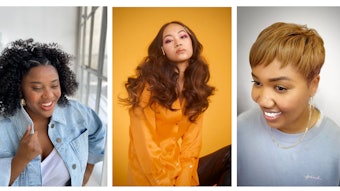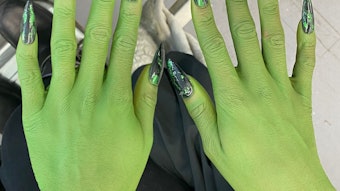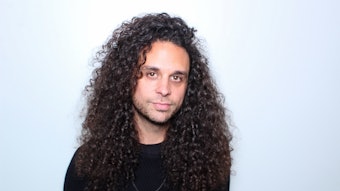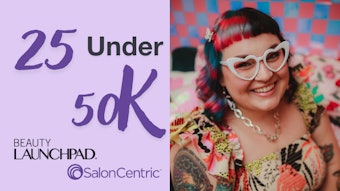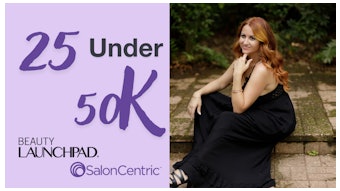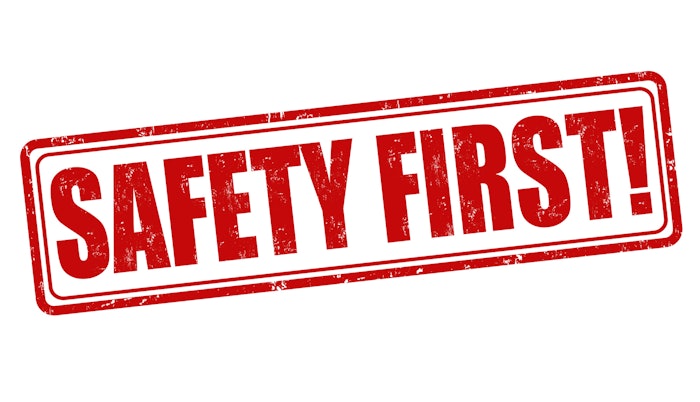
Enough with the beauty industry’s kumbaya approach to wellness. Aspirational as it may be, the lofty ambition of wellness, “the state of being in good health, especially as an actively pursued goal,” presumes that our basic physiological needs have been met. When many beauty pros can’t manage their own health or comply with the minimum standards of relevant federal, state and local government agencies, let’s not get ahead of ourselves.
Genetic predisposition and pre-existing conditions aside, health outcomes related to our work depend on our relative position along a continuum from risks, hazards and danger with the potential negative consequences of injury or illness to prevention/intervention, safety and security with potential positive consequences of good health and wellness. While these consequences can impact anyone within our workplaces, the health and safety of clients takes precedence over our personal health from a compliance perspective. After all, state boards exist to protect consumers, not us as licensed professionals.
More than a year since it started, the coronavirus pandemic continues to complicate our responsibility to protect the health and safety of clients, What exactly are those responsibilities? That depends on the nature of your workplace and its location. Do you work alone in your own business, rent space in a salon, work as an employee or employ others? In which jurisdiction (city and state) do you work? How and where you work make a difference.
What’s required of employers to protect employees should be best practices for everyone in the beauty industry, even if we work alone.
The United States Department of Labor (DOL) controls the safety of work through laws, rules and regulations. Most notably, the Occupational Safety and Health Administration (OSHA) “mission is to ensure that employees work in a safe and healthful environment by setting and enforcing standards, and by providing training, outreach, education and assistance. Employers must comply with all applicable OSHA standards. They must also comply with the General Duty Clause of the OSH Act, which requires employers to keep their workplace free of serious recognized hazards.” Note that OSHA also has this limited guidance for hair and nail salons and more recently posted updated COVID-19 guidance for all employers.
Conversely, the federal government treats wellness as a benefit: “The Fair Labor Standards Act (FLSA) does not require an employer to provide wellness programs … These benefits are generally a matter of agreement between an employer and an employee (or the employee’s representative).” That being said, wellness programs fall under the jurisdiction of the Equal Employment Opportunity Commission (EEOC), the American with Disabilities Act (ADA) and the Genetic Information Nondiscrimination Act (GINA) to prevent discrimination and limit the incentives offered for participation.
Until federal, state and local governments revise or rescind existing COVID-19 guidance and health orders, we’re obligated to operate accordingly.
Last summer, the Centers for Disease Control and Prevention (CDC) published guidelines for the beauty industry focusing first on nail salons and then hair salons. In late fall, new guidelines appeared with little publicity, so they’re easy to miss (see links below). At first glance, the guidelines have not changed much, but without highlighting, or contrast with the previous guidelines, the changes may be difficult to discover.
To confuse matters further, state and local agencies can be more demanding and restrictive than their federal/state counterparts. For example, California’s Department of Industrial Relations which oversees Cal/OSHA, the state’s version of federal OSHA, issued emergency standards for COVID-19 infection prevention requiring each workplace have a written plan that includes the “identification and evaluation of COVID-19 hazards,” a “process for screening employees” and an “effective procedure to investigate COVID-19 cases.” More important and not as obvious, California’s Department of Public Health requires a written plan of all beauty businesses (hair and everything else), regardless of how or where we work.
With regulatory oversight spread across many different state and federal agencies, what more can be done to centralize that information and make it more accessible to salon owners and individual beauty licensees, including language accessibility? That’s a challenge to be overcome, but the following links should prove useful:
ADDITIONAL RESOURCES:
Directory of State Boards from the National Interstate Council (NIC)
Directory of State Health Departments from the Centers for Disease Control (CDC)
Directory of Local Health Departments from the National Association of County Health Officials (NACCHO)
What Nail Salon Employees Need to Know about COVID-19 (CDC, 11/12/20)
COVID-19 Employer Information for Nail Salons (CDC, 10/29/20)
What Beauty Salon and Barbershop Employees Need to Know about COVID-19 (CDC, 11/12/20)
COVID-19 Employer Information for Beauty Salons and Barbershops (CDC, 11/12/20)
Health Hazards in Nail Salons (OSHA)
Nail Salon Workers Wage and Hour Rights (DOL Wage and Hour Division)
